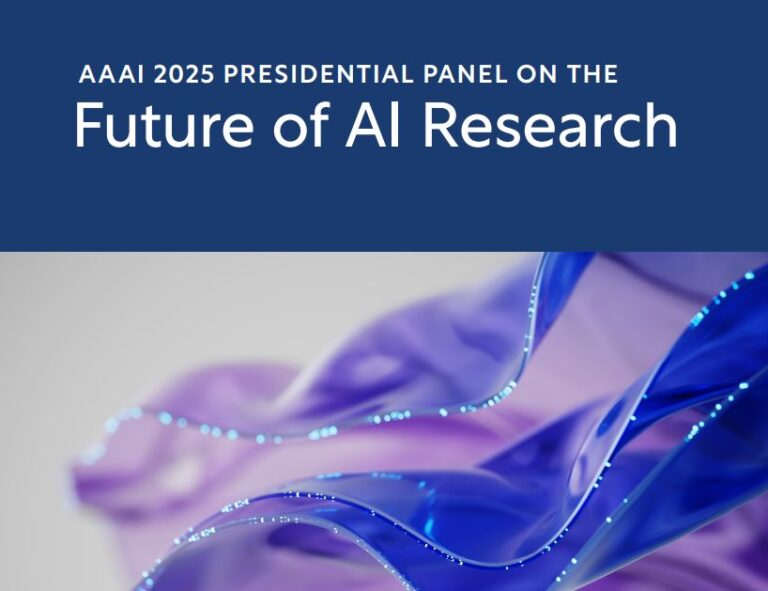AI Tools for Creating Immersive AR/VR Experiences: A New Era of Digital Realms
The rise of Augmented Reality (AR) and Virtual Reality (VR) has opened up unprecedented opportunities for transforming how we interact with digital content. From gaming and education to healthcare and remote collaboration, AR and VR are redefining immersion, but their true potential is being unlocked through Artificial Intelligence (AI). By integrating AI into AR/VR development, creators can now build more dynamic, personalized, and lifelike experiences that adapt to user behavior, optimize performance, and streamline complex workflows. This article explores the key AI tools and techniques revolutionizing AR/VR, their applications, and the challenges they present.
1. Content Creation: From Concept to Code with AI
One of the most transformative roles of AI in AR/VR is automating and enhancing content creation. Traditional 3D modeling, texture design, and environment building are time-consuming and require specialized skills. AI tools are changing this by enabling faster, more intuitive workflows.
- Generative AI for Asset Creation: Tools like Runway ML and DALL·E allow developers to generate 3D models, textures, and environments using natural language prompts or simple sketches. For instance, a designer could describe a "medieval forest" and let AI create a detailed, immersive landscape, saving hours of manual labor.
- AI-Powered 3D Modeling: Software such as Blender’s AI plugins or MidJourney leverages machine learning to auto-generate 3D assets. These tools can extrapolate 3D models from 2D images, making it easier to populate virtual worlds with realistic objects.
- Procedural Content Generation: AI algorithms, like those in Unity’s AI tools or Unreal Engine’s MetaHuman, create vast, unique environments dynamically. This is particularly useful for games and simulations requiring endless variability, such as open-world VR adventures.
2. Real-Time Rendering: Smarter Visuals for Seamless Experiences
Immersive AR/VR requires high-fidelity visuals that run smoothly, even on less powerful hardware. AI is optimizing rendering processes to achieve this balance.
- Foveated Rendering: AI-driven techniques like NVIDIA’s DLSS (Deep Learning Super Sampling) use eye-tracking data to render high-resolution details only where the user is looking, reducing computational load while maintaining visual quality. This makes VR more accessible on consumer-grade devices.
- AI Upscaling and Enhancement: Tools like AMD FSR and DLSS utilize neural networks to upscale lower-resolution frames in real time, ensuring crisp visuals without compromising performance. This is critical for maintaining immersion in VR headsets.
- Realistic Lighting and Physics: AI models can simulate natural lighting and physics in real time, such as NVIDIA Omniverse‘s AI-powered ray tracing, which creates photorealistic environments without excessive processing power.
3. User Interaction: Beyond Buttons and Joysticks
AI is making AR/VR interactions more intuitive, natural, and responsive, bridging the gap between users and virtual worlds.
- Voice and Gesture Recognition: Natural Language Processing (NLP) tools like Google’s Speech-to-Text or Amazon Alexa’s AR integration enable voice commands, while AI-driven gesture recognition (e.g., Leap Motion with machine learning) allows users to interact with virtual objects using hand movements.
- AI-Driven Avatars: Platforms like Meta’sAvatar SDK use AI to create realistic, expressive avatars that adapt to user expressions and emotions, enhancing social VR experiences and making virtual meetings more engaging.
- Intelligent NPCs and Dialogue: In VR games, AI-powered non-player characters (NPCs) use large language models (LLMs) to engage in dynamic, context-aware conversations, offering more realistic and interactive storytelling.
4. Personalization and Adaptation: Tailoring Experiences to Users
AI enables AR/VR applications to adapt to individual users, creating hyper-personalized experiences.
- Behavioral Analytics: Machine learning algorithms analyze user interaction patterns to adjust difficulty levels in games, suggest content in educational apps, or modify virtual environments for optimal engagement.
- Dynamic Storytelling: AI systems like AI Dungeon or NVIDIA’s Omniverse generate adaptive narratives based on user choices, making each experience unique and reactive.
- Accessibility Enhancements: AI can tailor interfaces for users with disabilities, such as real-time audio descriptions for visually impaired users or gesture-based controls for those with limited mobility.
5. Challenges and Ethical Considerations
While AI offers immense potential, its integration into AR/VR is not without hurdles.
- Computational Demands: Real-time AI processing requires significant hardware resources, which can be a barrier for widespread adoption.
- Data Privacy: AR/VR systems often collect biometric data (e.g., eye movements, voice samples), raising concerns about misuse and security.
- Ethical Content Creation: Generative AI tools can inadvertently produce biased or harmful content, necessitating safeguards to ensure responsible use.
- Balancing Automation and Creativity: Over-reliance on AI might risk homogenizing content, reducing the role of human artistry in immersive design.
6. The Future of AI in AR/VR
Looking ahead, AI is set to make AR/VR even more seamless and integrated. Emerging trends include:
- AI-Generated Virtual Worlds: Fully autonomous AI systems could create entire virtual universes tailored to user preferences.
- Haptic Feedback Enhancements: AI could refine tactile experiences by predicting and simulating realistic physical interactions.
- Cross-Platform Interoperability: AI might standardize content across devices, enabling smoother AR/VR experiences on diverse hardware.
Conclusion
AI is not just enhancing AR/VR—it’s redefining what’s possible. By automating content creation, optimizing rendering, and enabling intuitive interactions, AI tools are making immersive experiences more accessible, realistic, and engaging. However, as the technology evolves, addressing ethical, technical, and creative challenges will be crucial. For developers and creators, embracing AI means unlocking new dimensions of innovation, paving the way for a future where virtual and augmented worlds feel as vivid and responsive as reality itself. As these technologies mature, the line between the digital and physical will blur further, offering experiences that are not only immersive but deeply intelligent.






